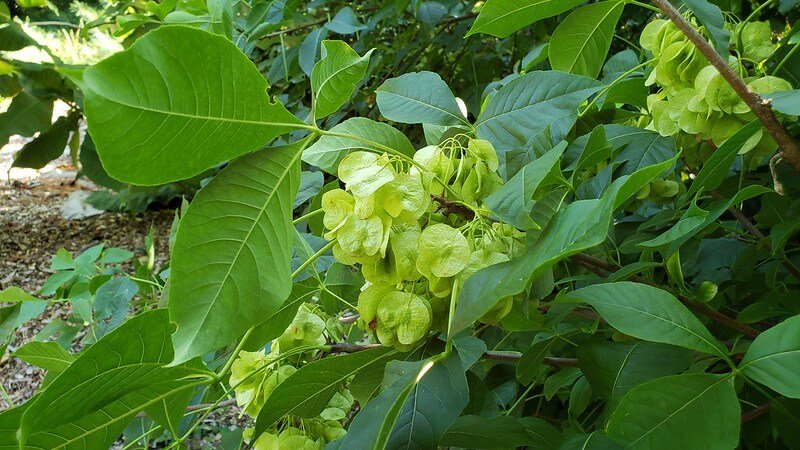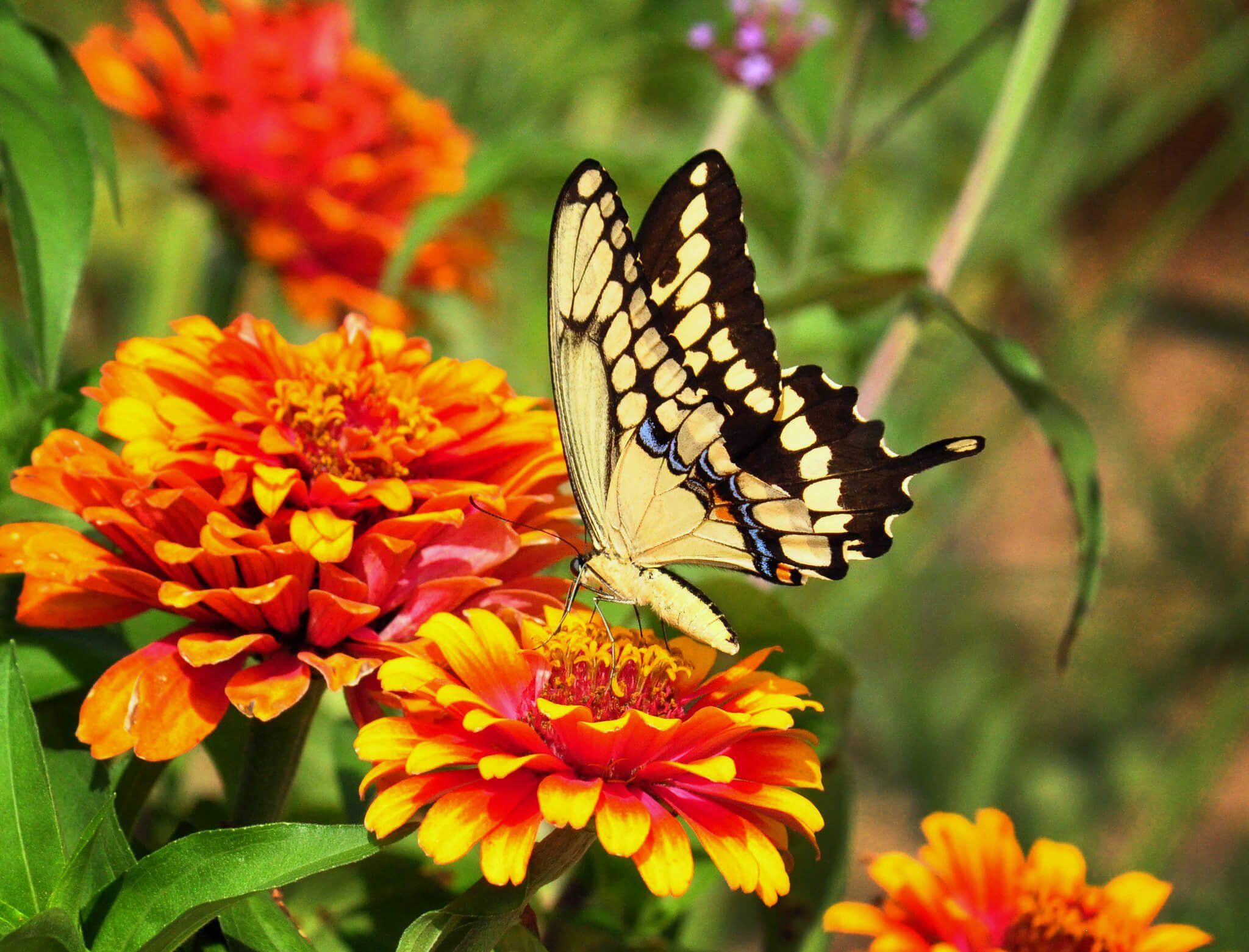 Image 1 of 3
Image 1 of 3

 Image 2 of 3
Image 2 of 3

 Image 3 of 3
Image 3 of 3




Bird’s Foot Violet (Viola pedata)
Such a sweet little plant! The flowers attract native bees, small butterflies, and skippers. Apparently, this violet attracts more butterflies compared to others because its face tilts up (illinoiswildflower.info). It is the host plant to the Great Spangled Fritillary and basically any other Fritillary in the area and 30 other species of butterflies and moths in our area (nwf.org). Bird’s Foot Violet is not as vigorous as our Common Violet, in fact, it’s a bit pickier about its placement than others. It needs very well-drained soil and does not do well with competition. In optimal conditions, and if you are lucky, it will self-seed readily.
Photo credit: Joshua Mayer (1), John Blair (2-3)
Such a sweet little plant! The flowers attract native bees, small butterflies, and skippers. Apparently, this violet attracts more butterflies compared to others because its face tilts up (illinoiswildflower.info). It is the host plant to the Great Spangled Fritillary and basically any other Fritillary in the area and 30 other species of butterflies and moths in our area (nwf.org). Bird’s Foot Violet is not as vigorous as our Common Violet, in fact, it’s a bit pickier about its placement than others. It needs very well-drained soil and does not do well with competition. In optimal conditions, and if you are lucky, it will self-seed readily.
Photo credit: Joshua Mayer (1), John Blair (2-3)
Such a sweet little plant! The flowers attract native bees, small butterflies, and skippers. Apparently, this violet attracts more butterflies compared to others because its face tilts up (illinoiswildflower.info). It is the host plant to the Great Spangled Fritillary and basically any other Fritillary in the area and 30 other species of butterflies and moths in our area (nwf.org). Bird’s Foot Violet is not as vigorous as our Common Violet, in fact, it’s a bit pickier about its placement than others. It needs very well-drained soil and does not do well with competition. In optimal conditions, and if you are lucky, it will self-seed readily.
Photo credit: Joshua Mayer (1), John Blair (2-3)
Life Cycle: Perennial
Sun Exposure: Full, Partial (Preference is Full Sun)
Soil Moisture: Medium, Medium-Dry, Dry (Prefers it dry)
Height: 3 inches
Plant Spacing: 4-6 inches
Bloom Time: April-June
Bloom Color: Purple
Advantages: Caterpillar Favorite, Pollinator Favorite, Bird Favorite, Great Landscaping Plant
Host Plant: Great Spangled Fritillary and 30 other species of butterflies and moths in our area (nwf.org)









